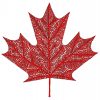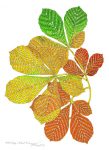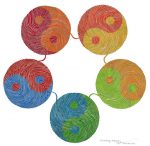Home Portrait
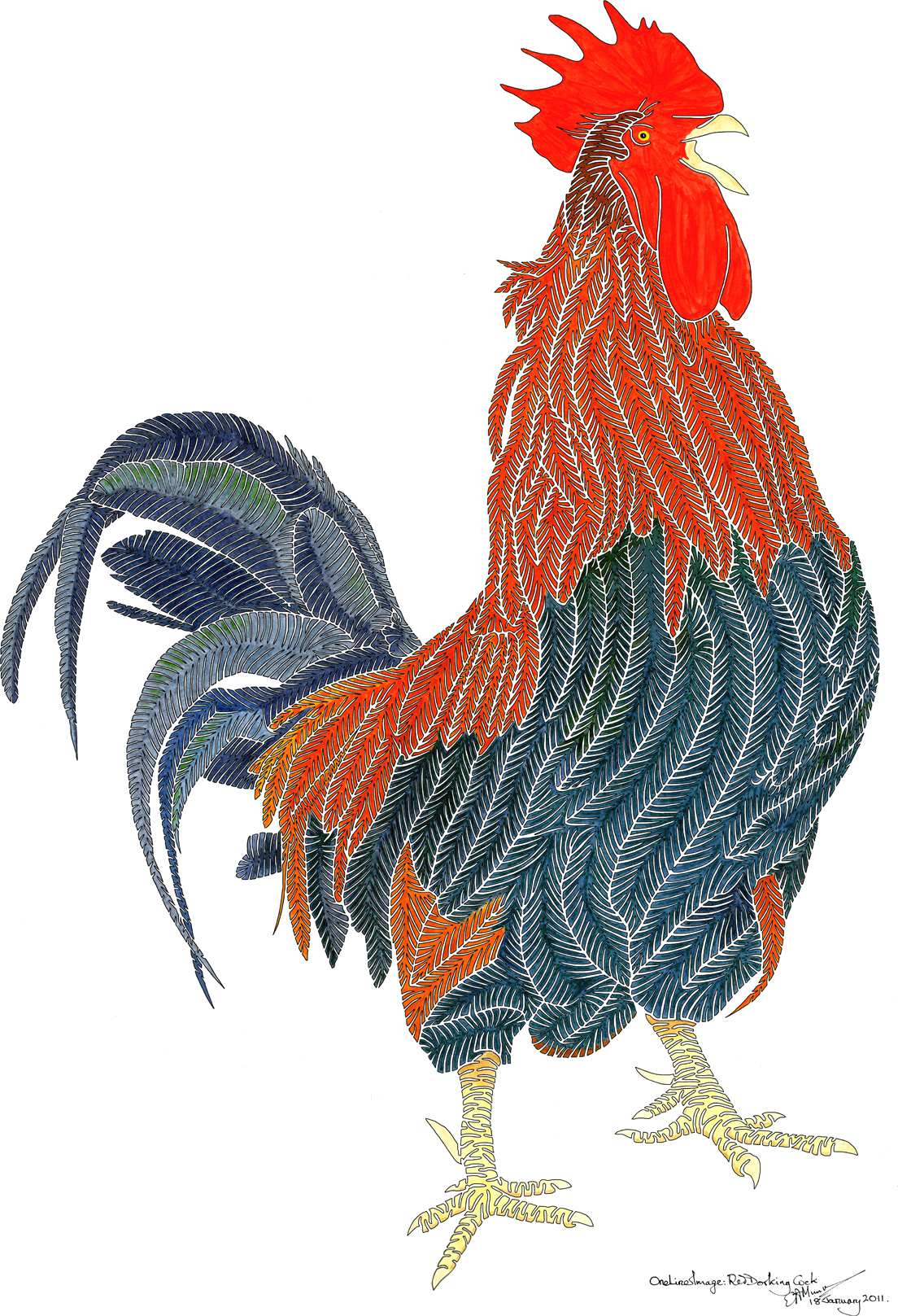
Home Landscape
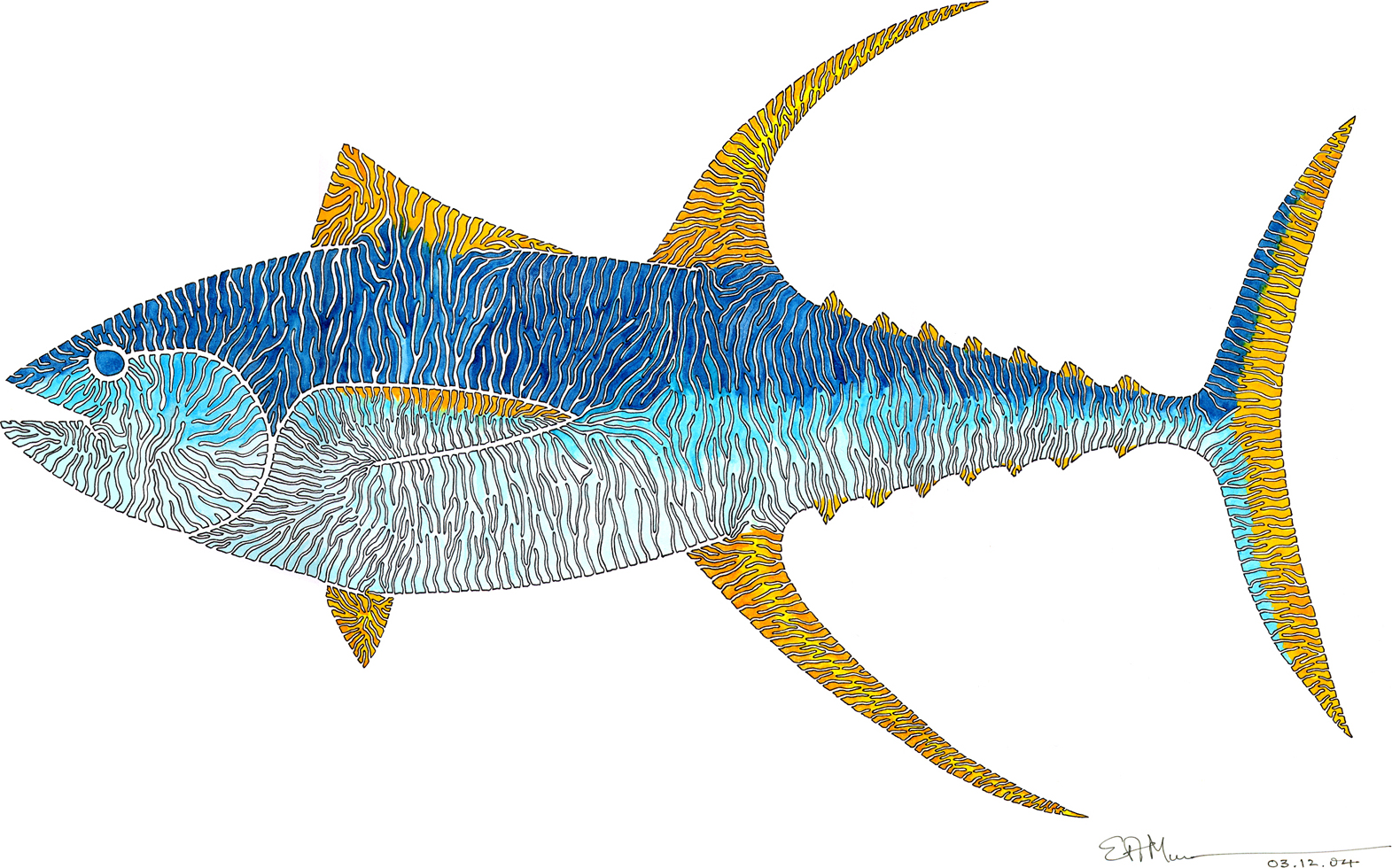
OneLinerImages…
… are outline drawings of plants and animals inspired by living cells.
In OneLiner images, the outline is a continuous, single line separating the subject from its surroundings.
The line is deeply indented, representing the internal and usually invisible complexity within living cells. The line encloses colour, varying or sometimes constant.
On one level this expresses the differentiation of the organism into tissues and cell types and the cells into their component parts.
On another level, with the shape it gives natural texture and colour to the subject. The results are easily recognisable representations of external form (oak leaf, cat, fish, dragon…) with striking patterns generated by the form-filling arrays of indented lines giving sense of depth and movement.
About the artist
As a research scientist at the Babraham Institute near Cambridge, Ed Munn’s work ranged from the discovery and structural analysis of protein molecules to developing vaccines.
He has worked with material from bacteria, barnacles, fish, fungi, horses, insects, mites, piglets, plants, protozoa, sheep, worms and man. Much of this work involved studies using electron microscopes.
Since retiring, Ed has sought a way to represent the detailed structure revealed by electron microscopy in a form that will convey some feeling of the hidden beauty of living cells within the context of the familiar external outline of plants and animals. The outcome is the drawings he calls OneLinerImages.
The name is literal: however complex the drawings appear they contain only a single continuous line. This is not masochism! It reflects the fact that living cells are enclosed by a single continous layer.
Buying prints
Please contact the artist.
Cell biology
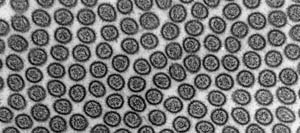
The cell is the basic unit of life (that is, the smallest entity that independent of other living things can carry on life). Bacteria and other similar micro-organisms are examples of single living cells. You and I and all the plants and animals we see in normal life are composed of cells – millions upon millions of them. They in turn, contain a variety of structures, solutions and molecules that working together enable the cells to go on living. A fundamental property of cells is that they are completely enclosed in a membrane, the plasma membrane.
The plasma membrane is a living component of the cells. It is a complex, dynamic mixture of lipids and proteins, often coated with carbohydrates. The intact membrane completely surrounds the cell and provides the barrier which separates the inside of the cell from the outside. The membrane controls the selective transport of food molecules and other substances into and out of the cell and this means that the contents of the cell can be different from its external environment.
etc etc etc…


